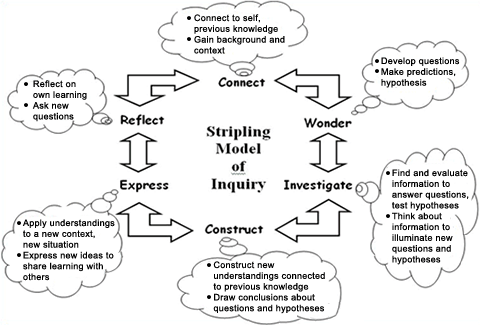Ever been faced with giving a lesson but not really feeling too comfortable with the subject matter? That’s sort of how I feel right now. Lots of ideas, buzz words and online resources are jumbling around in my head…
I will attempt to summarize the whirlwind that is my mind…
Where I was when I started?
-My conception of “library” was more or less a collection of books+. I wasn’t expecting this course to be about so much theory and have a revolutionary lens when it came to technology. (Yes, Jenny, teachers should lead digital ed. not corporations, etc.!)
-In my practice, and to an extent in my personal life, I have been reluctant to use technology due to many factors: age of my students and usefulness of its applications, limited experience, limited support, being “old-fashioned” in some ways…
-I was wondering so many things and not feeling particularly “connected”.
Where you are now?
-Well, change is inevitable and more than ever I feel an ethical duty to open myself up to technology.
-I feel more prepared to have conversations about technology.
-I have some resources and connections now to help me continue to learn.
-I would like to read more about the “Information Technology” IRPs, 21st Century Learning and policies around digital media.
-I have seen some great examples of how teachers are using ITC in their practice and considering how I can use some of them.
-I’m excited to see what connections I can make with parents through ITC.
-I still find myself wishing I could read from a book for this course. (I’ve spent an incredible amount of time with my computer lately!) I trying to drop my tendency to take notes in a notebook and do everything on my laptop.
-Overall, I can see the advantages of technology as a teaching resource—for the students/teachers. (We don’t have to experts, students can teach themselves, the variety of information/applications at our fingertips can enhance what we are able to do, etc.)
Where I see myself going?
-The possibilities are endless…We’re revolutionaries, right?!! 😉
-I hope to collaborate with other Primary French Immersion teachers and work on bringing more ITC into our classrooms. (Making use of the devices we are given and possibly getting more…)
-I know my District has many Study Groups. Perhaps I can find one that focuses on ITC.
-Make use of a class website to communicate with parents/students—being more “transparent”.
This class has introduced me to so many things, the vast majority being beyond my imagination. For now, I hope to make some practical changes when I get back to school. I don’t want technology to be an “add-on” but I would like to determine a few meaningful ways I can bring it in to our learning.





